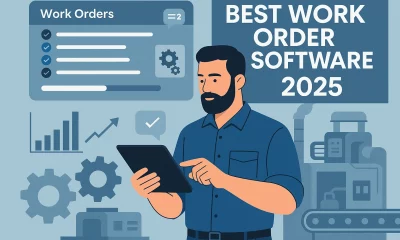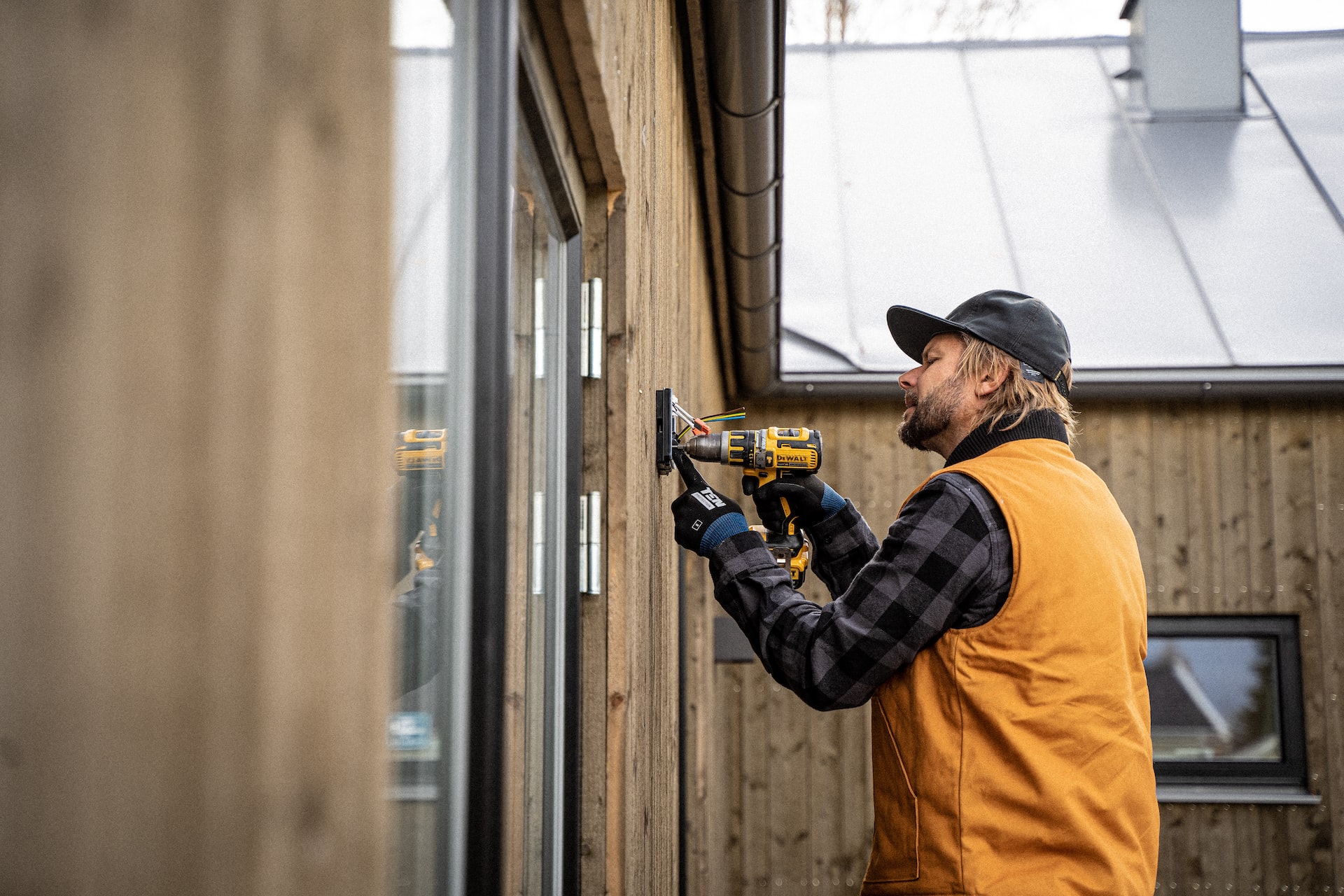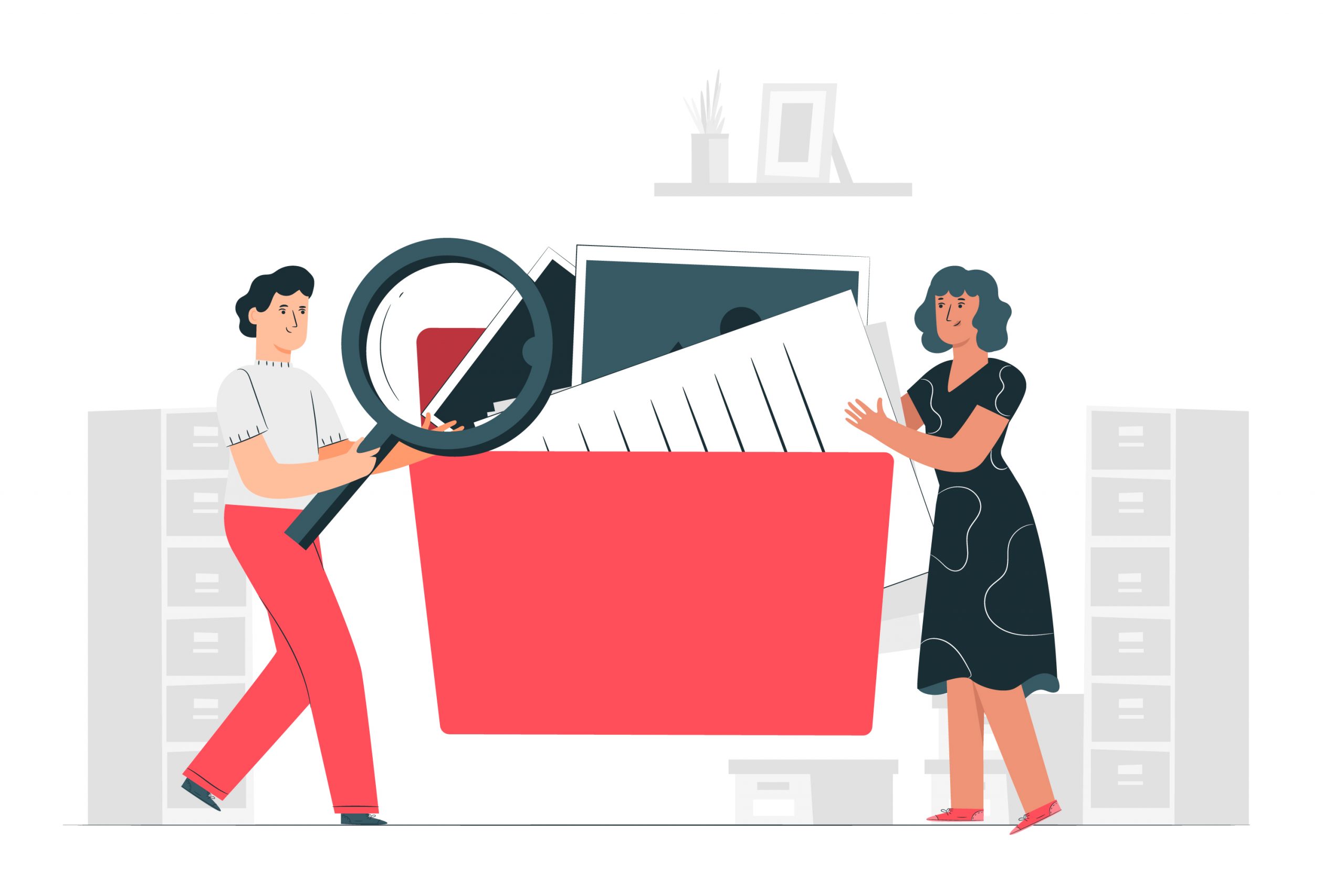Science
Steel Recycling in Reducing Waste and Conserving Resources
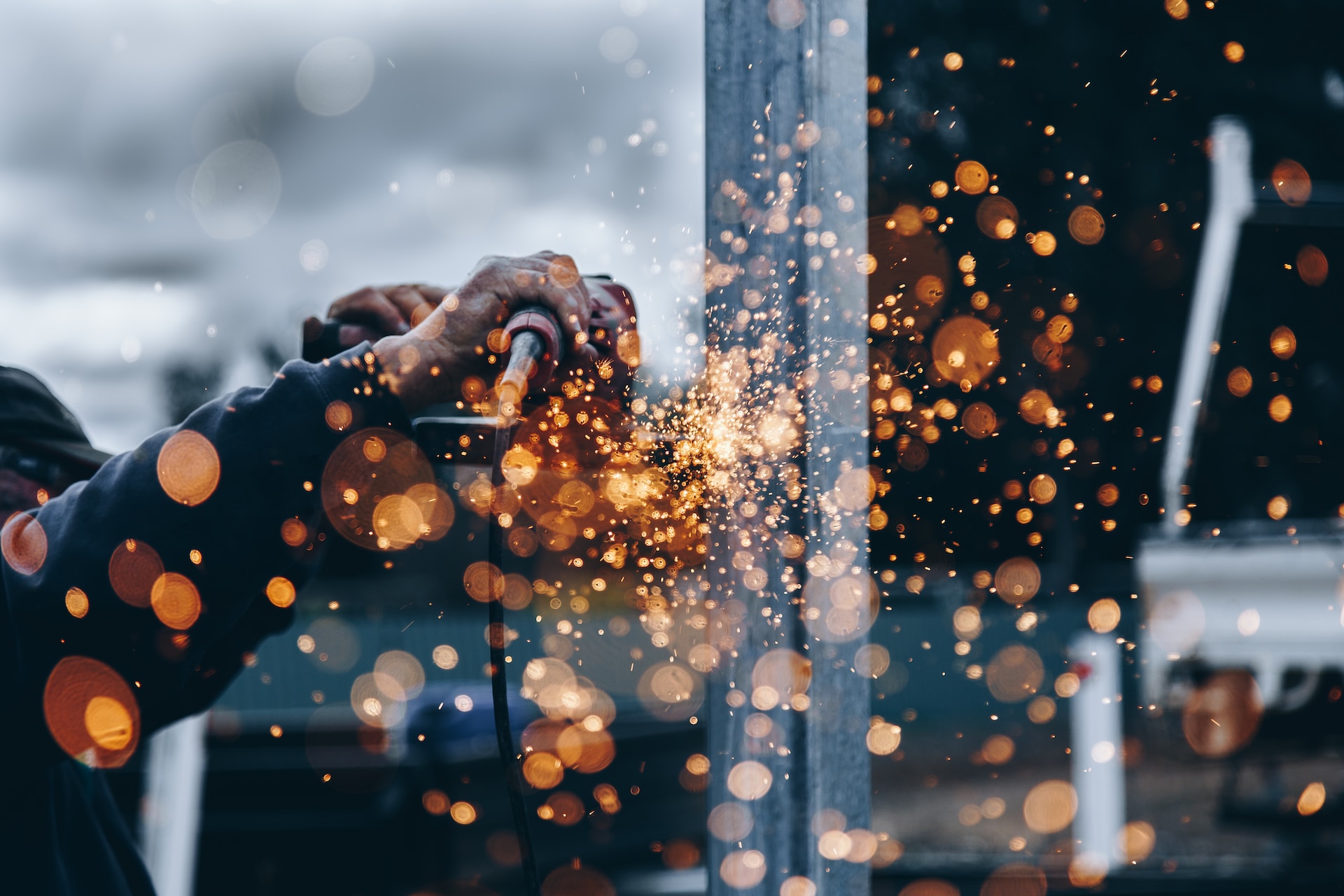
Steel recycling involves collecting and reprocessing steel scrap, transforming it into new products while minimizing waste generation. This practice not only helps in reducing waste but also conserves valuable resources. here we know How recycling Steel can help in reducing waste and conserves resources?
Benefits Of Recycling Steel in Reducing Waste and Conserving Resources
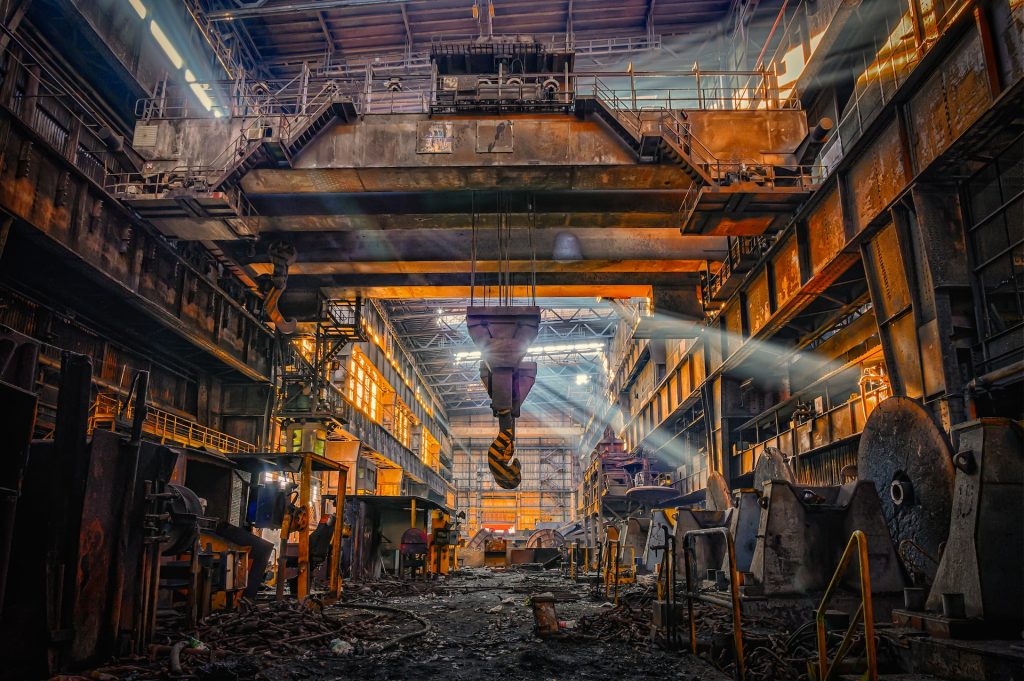
1. Preserving Natural Resources
Steel is primarily made from iron ore, a non-renewable resource that requires extensive mining. By recycling steel, we can significantly reduce the need for new iron ore extraction, preserving these valuable natural resources for future generations. recycling steel reduces the pressure on other raw materials used in steel production, such as coal and limestone, further conserving natural resources.
2. Energy Conservation
The production of steel from raw materials demands substantial energy inputs. steel recycling offers significant energy savings. Recycling steel requires less energy compared to the energy-intensive processes involved in extracting and refining iron ore. By choosing to recycle steel, we conserve energy resources and reduce carbon emissions associated with energy production.
3. Reduction in Greenhouse Gas Emissions
Steel production is a significant contributor to greenhouse gas emissions, particularly carbon dioxide (CO2). The extraction of iron ore, transportation, and the conversion of raw materials into steel all release substantial amounts of CO2 into the atmosphere. Recycling steel minimizes the emissions associated with these processes, thus mitigating the environmental impact and helping combat climate change.
4. Waste Reduction and Landfill Diversion
Recycling steel plays a main role in waste reduction. When steel is recycled, it diverts significant amounts of scrap metal from landfills. This not only conserves landfill space but also reduces the environmental risks associated with metal waste disposal. By recycling steel, we can effectively manage waste, promote a circular economy, and reduce the burden on landfills.
5. Conservation of Water Resources
Steel production consumes large quantities of water for cooling, processing, and other manufacturing needs. Recycling steel helps conserve water resources by minimizing the water requirements associated with steel production. By reducing the demand for freshwater, steel recycling contributes to the sustainable management of this valuable resource.
6. Promoting a Circular Economy
Steel recycling is an essential component of the circular economy, an economic model aimed at reducing waste and promoting sustainability. The circular economy aims to keep materials and resources in use for as long as possible, maximizing their value and minimizing environmental impacts. By recycling steel, we contribute to the principles of the circular economy, closing the loop on steel production and reducing the need for virgin materials.
Frequently Asked Questions (FAQs)
1. What are the environmental benefits of steel recycling?
Steel recycling offers several environmental benefits. it helps reduce the extraction and consumption of natural resources like iron ore, coal, and limestone, which are used in steel production. This conserves valuable resources and protects ecosystems from the impacts of mining activities. it reduces energy consumption compared to primary steel production, resulting in lower greenhouse gas emissions. Recycling steel helps divert significant amounts of metal waste from landfills, promoting efficient waste management and reducing landfill space usage. here you may also know about the life cycle of Steel.
2. How does steel recycling contribute to waste reduction?
Steel recycling plays a crucial role in waste reduction by diverting scrap metal from landfills. Instead of being discarded as waste, steel scrap is collected and processed to create new products. This process not only minimizes the need for landfill space but also prevents the environmental risks associated with metal waste disposal. By recycling steel, we can effectively manage waste, promote a circular economy, and reduce the burden on landfills.
3. Can steel be recycled indefinitely?
Yes, steel is a highly recyclable material that can be recycled indefinitely without losing its quality or strength. The recycling process involves melting down the steel scrap and transforming it into new products. Whether it’s old cars, appliances, or structural steel from demolished buildings, all types of steel can be recycled and reused. This makes steel one of the most sustainable materials available, as it can be continuously recycled, reducing the need for virgin materials and conserving resources.
4. How does steel recycling save energy?
Steel recycling saves energy through various means. the recycling process requires significantly less energy compared to the energy-intensive processes involved in extracting and refining iron ore. This is because recycled steel already contains a significant amount of energy invested in its initial production. By recycling steel, we avoid the energy-intensive steps of mining, transportation, and processing of raw materials. energy savings are achieved by reducing the energy required for steel production and mitigating greenhouse gas emissions associated with energy generation.
5. What can individuals do to support steel recycling?
- They separate steel waste from other materials and dispose of it in designated recycling bins.
- Learn about local recycling programs and facilities that accept steel scrap.
- Encourage the use of recycled steel products and materials in construction, manufacturing, and other industries.
- Educate others about the importance of steel recycling and its positive impact on waste reduction and resource conservation.
- Consider purchasing products made from recycled steel to support the market demand for recycled materials.
6. What are the economic benefits of steel recycling?
Steel recycling not only offers environmental benefits but also provides economic advantages. The recycling industry creates jobs in the collection, sorting, processing, and manufacturing of recycled steel products. we support the growth of a sustainable industry that contributes to the economy. recycling steel reduces the dependence on costly raw materials, making steel production more cost-effective in the long run.
Conclusion
By choosing to recycle steel, we can preserve natural resources, conserve energy, reduce greenhouse gas emissions, and promote a circular economy. Steel recycling is an essential component of sustainable waste management and plays a vital role in achieving a greener future. It is crucial for individuals, industries, and governments to embrace the power of recycling Steel and actively participate in this eco-friendly practice. By doing so, we can protect the environment, mitigate the impacts of steel production, and contribute to a more sustainable and resource-efficient society.

News
Groundbreaking Discovery: First Nitrogen-Fixing Organelle Identified in Eukaryotic Cells
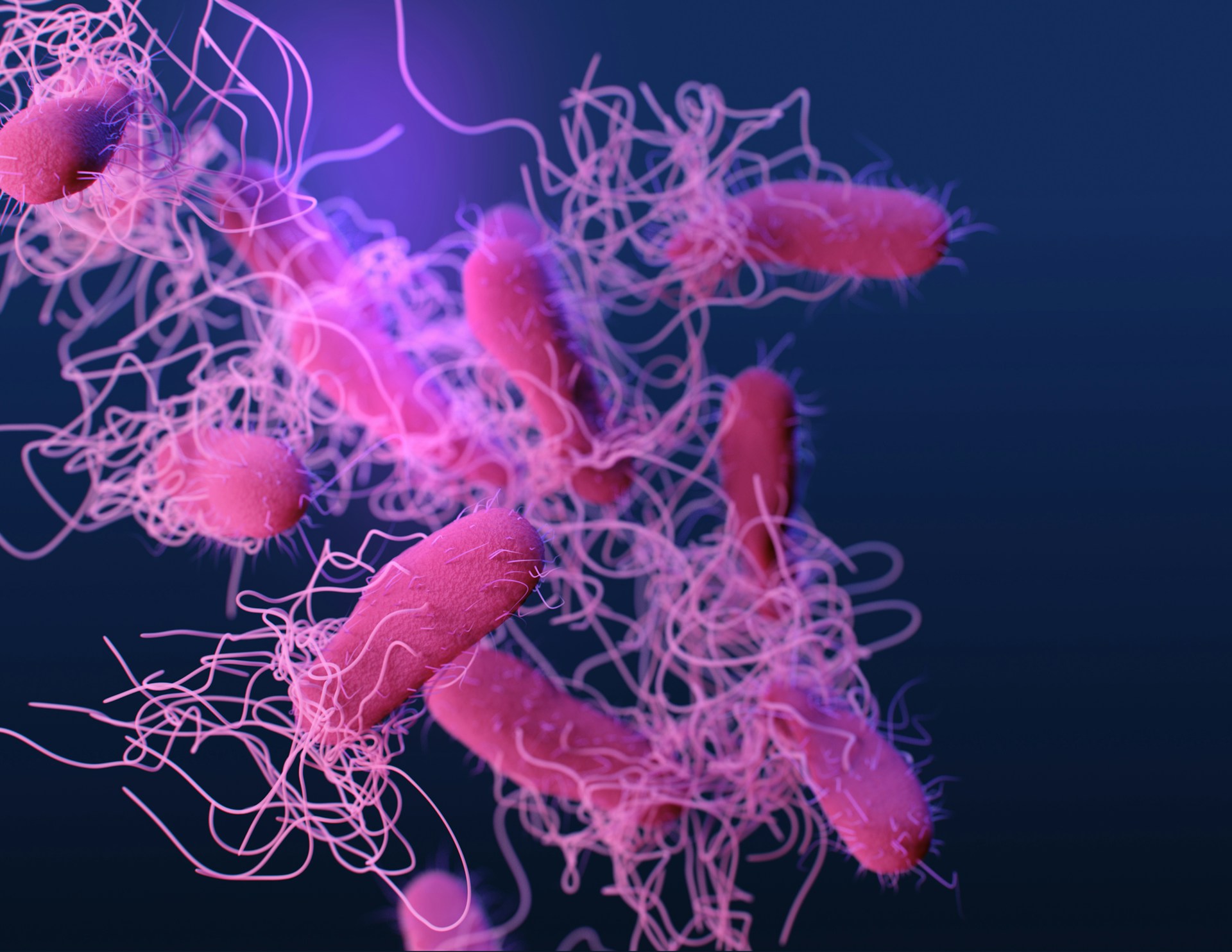
An international team of researchers has made a monumental breakthrough in biology by discovering the first known nitrogen-fixing organelle within a eukaryotic cell, challenging long-held beliefs that only bacteria could perform this essential function.
This organelle, termed a “nitroplast,” represents only the fourth instance of primary endosymbiosis documented—a pivotal process where a prokaryotic cell becomes part of a eukaryotic cell, evolving into an organelle.
The discovery was detailed in two recent papers, with significant contributions from Tyler Coale, a postdoctoral scholar at UC Santa Cruz. “This finding rewrites the textbooks, as it’s an event that has shaped complex life throughout Earth’s history, similar to the development of mitochondria and chloroplasts,” Coale explained.
The nitroplast was identified within marine algae where the UCYN-A, a type of cyanobacterium previously thought to be just a closely associated symbiont, has co-evolved with its algal host beyond mere symbiosis.
This relationship was first hinted at in 1998 when Jonathan Zehr, a distinguished professor of marine sciences at UC Santa Cruz, discovered a mysterious DNA sequence in Pacific Ocean seawater. It took decades of subsequent research and collaboration to understand the true nature of UCYN-A.
Recent studies published in Cell and Science journals confirm the integration of UCYN-A into the algal host, exhibiting classic organelle characteristics. These include synchronized growth with the host cell, the importation of proteins from the host, and inheritance patterns akin to other organelles. “The nitroplast scales with its host cell similar to how mitochondria and chloroplasts function within their eukaryotic cells,” Zehr added.
This evolution seems to have occurred around 100 million years ago, providing a relatively recent example of organellogenesis compared to the ancient origins of mitochondria and chloroplasts. The nitroplast’s ability to fix atmospheric nitrogen is crucial, especially considering its widespread presence in tropical to Arctic oceans, highlighting its significant ecological role.
Moreover, this discovery holds promising implications for agriculture by potentially offering new methods to naturally integrate nitrogen fixation into crops, thus reducing reliance on synthetic fertilizers which are a major source of global CO2 emissions.
As research continues, the scientific community anticipates further insights into UCYN-A and its integration as a nitroplast, hoping to uncover more such evolutionary phenomena in other organisms. Kendra Turk-Kubo, assistant professor at UC Santa Cruz, will further this research in her new laboratory, aiming to deepen understanding of natural nitrogen fixation and its applications.
Science
Analyzing the Life Cycle of Steel
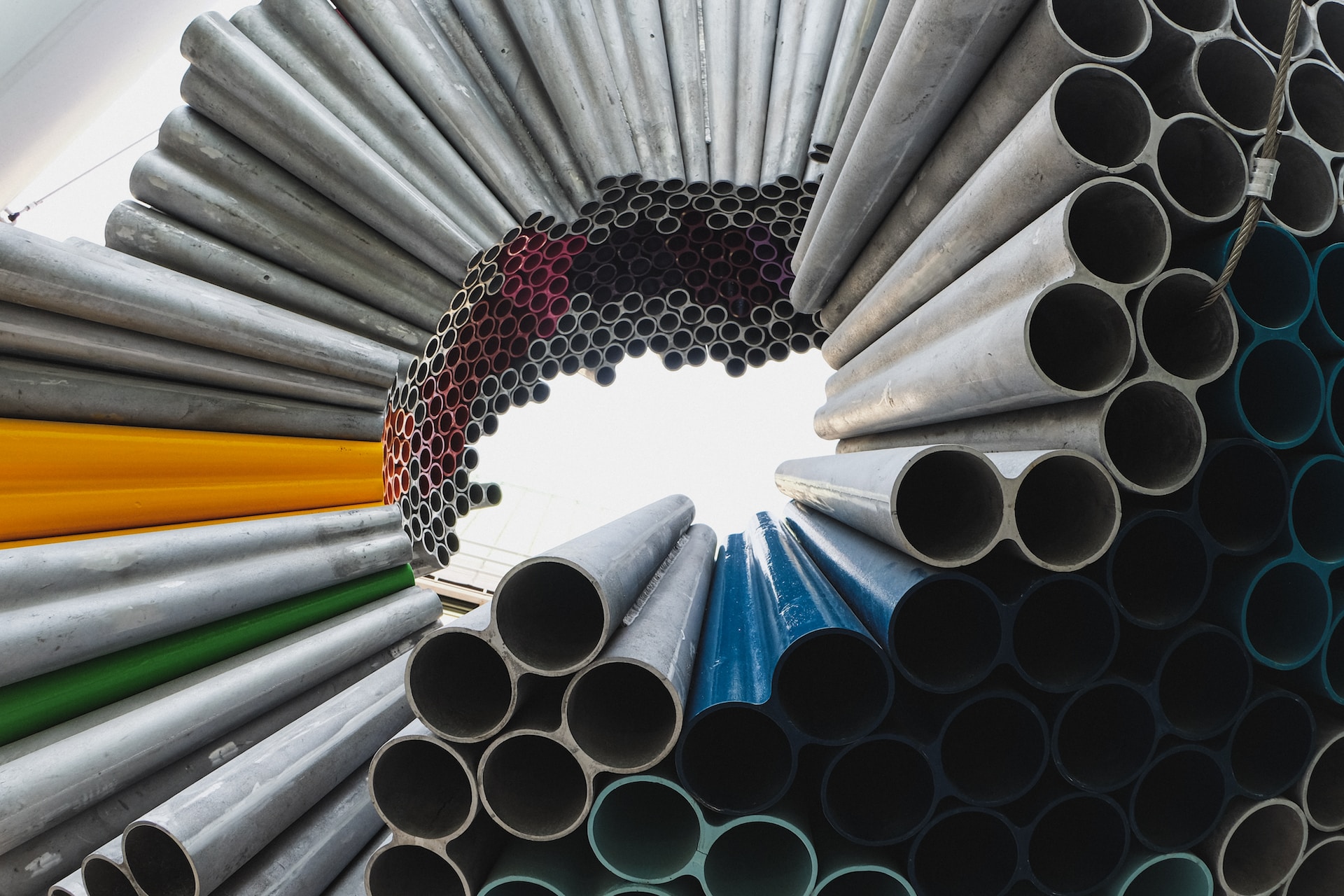
Steel, a fundamental material that has revolutionized industries and infrastructure, surrounds us in our daily lives. From towering skyscrapers to intricate machinery, steel’s strength and durability make it an essential component in construction, transportation, and countless other applications. Have you ever wondered about the life cycle of steel?
How does it come into existence, what impact does it have on the environment, and how sustainable is its production? In this article, we analyze the life cycle of steel, exploring each stage from extraction to recycling, while shedding light on its environmental implications and sustainable practices.
Analyzing the Each Stage of The Life Cycle of Steel
Steel’s life cycle encompasses various interconnected stages, each contributing to its transformation and utility. here we know about each stage, shedding light on its significance, challenges, and environmental aspects.
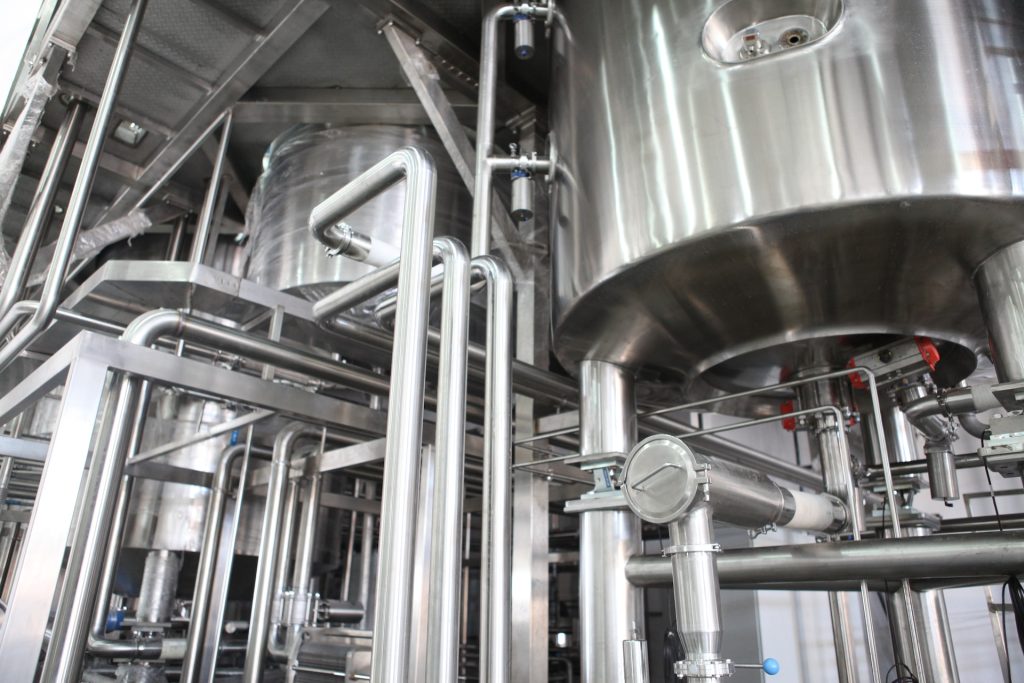
1. Iron Ore Extraction
Before steel can be manufactured, iron ore must undergo extraction. This process involves the removal of iron ore from the earth’s crust, often through open-pit mining or underground mining. While extraction provides the raw material necessary for steel production, it can have environmental consequences, such as habitat disruption and soil erosion. Mining companies are increasingly adopting sustainable practices to minimize these impacts, including land reclamation and biodiversity conservation.
2. Iron Ore Processing
Once iron ore is extracted, it goes through a processing stage to remove impurities and enhance its iron content. This process typically involves crushing the ore into smaller fragments, followed by magnetic separation or other methods to separate the iron-rich particles. Purifying the iron ore, at this stage ensures the quality of the raw material used in steel production.
3. Iron and Steel Production
With purified iron ore in hand, the next stage involves the actual production of iron and steel. The most common method is the blast furnace-basic oxygen furnace (BF-BOF) route, which utilizes iron ore, coke, and limestone to produce iron. This iron is then further processed in steelmaking furnaces, where it is combined with other materials, such as scrap metal and alloying elements, to create different types of steel. The production of iron and steel requires a significant amount of energy, and emissions from this stage contribute to carbon dioxide (CO2) and other greenhouse gases.
4. Manufacturing and Fabrication
Once the steel is produced, it undergoes various manufacturing and fabrication processes to shape it into usable forms. These processes can include rolling, forging, casting, and welding, depending on the intended application. Manufacturing and fabrication may occur at specialized facilities or directly on construction sites, depending on the complexity and size of the project. Throughout this stage, it is crucial to optimize energy consumption and minimize waste to enhance the sustainability of steel usage.
5. Utilization and Maintenance
After steel products are manufactured, we find their way into diverse applications. From building structures to bridges, automobiles to household appliances, steel plays an important role in our everyday lives. The utilization and maintenance phase involves the responsible and efficient use of steel, ensuring its longevity and minimizing unnecessary replacements. Proper maintenance practices help extend the lifespan of steel products, reducing the overall environmental impact of the material.
6. End-of-Life Management
Steel products reach the end of their useful life. At this stage, effective end-of-life management is crucial to minimize waste and maximize its recyclability. Steel is highly recyclable, making it a valuable resource in the circular economy. End-of-life steel products can be collected, sorted, and processed through various recycling methods, including shredding, melting, and purifying. Recycling steel not only conserves natural resources but also reduces energy consumption and greenhouse gas emissions associated with primary steel production.
Environmental Impacts and Sustainability Aspects
1. Environmental Impacts
Energy Consumption
Steel production consumes a significant amount of energy, primarily in the form of fossil fuels. This energy consumption contributes to greenhouse gas emissions and climate change. Efforts are underway to reduce energy consumption through technological advancements and process optimization.
Greenhouse Gas Emissions
Steel production is a major source of carbon dioxide (CO2) emissions due to the combustion of fossil fuels and the chemical reactions involved in the production process. The industry is exploring low-carbon technologies, such as hydrogen-based processes and carbon capture and storage.
Air and Water Pollution
Steel production can release pollutants into the air and water, including particulate matter, sulfur dioxide, and heavy metals. Stringent regulations and pollution control measures are in place to mitigate these impacts and protect the environment and human health.
2. Sustainability Aspects
Resource Conservation
Steel is a highly recyclable material, allowing for the conservation of natural resources. Recycling steel reduces the need for virgin iron ore extraction and saves energy compared to primary production methods.
Circular Economy
Steel’s recyclability aligns with the principles of the circular economy, where materials are reused and recycled to minimize waste and promote sustainable resource management. Embracing a circular approach to steel production and consumption can contribute to a more sustainable future.
Sustainable Mining Practices
Mining companies are increasingly adopting sustainable practices, such as reclamation and biodiversity conservation, to minimize the environmental impact of iron ore extraction.
Efficient Manufacturing Processes
Steel manufacturers are continually improving their manufacturing processes to optimize energy consumption, reduce waste, and enhance overall efficiency. Innovations in steelmaking technologies, such as electric arc furnaces and energy recovery systems, contribute to sustainability goals.
FAQs about Analyzing the Life Cycle of Steel
Is steel an environmentally friendly material?
Steel has both positive and negative environmental aspects. While its production can contribute to greenhouse gas emissions and pollution, its recyclability and durability make it a sustainable choice in the long run.
What are the environmental benefits of steel recycling?
Steel recycling conserves natural resources, reduces energy consumption, and decreases greenhouse gas emissions. It is an essential component of a circular economy and supports sustainable resource management.
How can steel production reduce its carbon footprint?
Steel producers can reduce their carbon footprint by adopting low-carbon technologies, such as hydrogen-based processes and carbon capture and storage. Energy-efficient practices and renewable energy integration also play a crucial role.
What measures can be taken to enhance the sustainability of steel usage?
Sustainable steel usage involves optimizing energy consumption during manufacturing, promoting efficient maintenance practices, and ensuring proper end-of-life management through recycling and responsible waste disposal.
How does steel recycling contribute to the reduction of waste?
Steel recycling minimizes waste by diverting end-of-life steel products from landfills. Instead of being discarded, these products are collected, processed, and transformed into new steel products, closing the material loop.
What role does consumer awareness play in the life cycle of steel?
Consumer awareness plays a crucial role in the life cycle of steel. By making informed choices and supporting sustainable practices, consumers can drive demand for responsibly produced steel. This includes opting for recycled steel products, promoting energy-efficient steel usage, and participating in recycling programs to ensure proper disposal of steel products at the end of their life.
Conclusion
analyzing the life cycle of steel reveals the intricate journey of this versatile metal, from its extraction to manufacturing, utilization, and recycling. Each stage of the life cycle presents opportunities and challenges, as well as environmental impacts and sustainability aspects. While steel production contributes to energy consumption, greenhouse gas emissions, and environmental pollution, the industry is actively working towards mitigating these impacts. Through technological advancements, the adoption of low-carbon processes, and the promotion of a circular economy, the steel sector aims to enhance sustainability and reduce its environmental footprint.
-

 Business3 years ago
Business3 years agoThe Most Efficient Ways To Use The Best 6 Business Keynote Presentations
-

 Apps and Software12 months ago
Apps and Software12 months agoStarbucks Partner Hours App Login Guide
-

 Entertainment12 months ago
Entertainment12 months ago15 Best IPTV Service Providers in the UK 2025
-

 Tech3 years ago
Tech3 years agoIs Forecasting A Part Of Data Science?
-

 Economy4 years ago
Economy4 years agoWhat does it mean to Dream About Pennies?
-

 Entertainment12 months ago
Entertainment12 months ago10 Best Free Video Player Apps For Apple TV
-

 Entertainment3 years ago
Entertainment3 years agoHow To Enhance Your Viewing with Video Subtitle Support
-

 Food & Drinks12 months ago
Food & Drinks12 months agoTop 20 Low-Calorie Healthiest Biscuits and Cookies for Weight Loss in 2025


